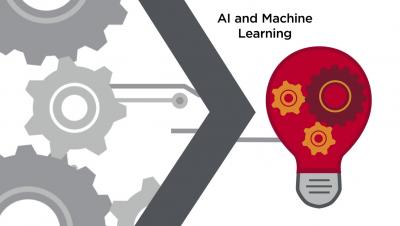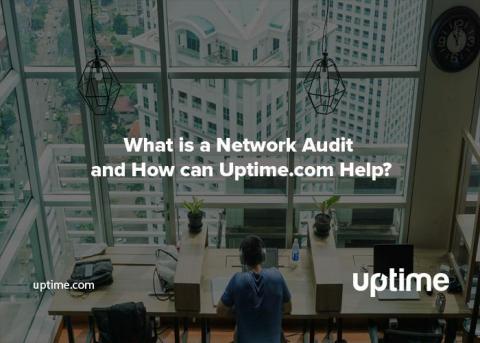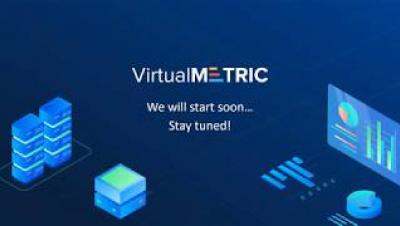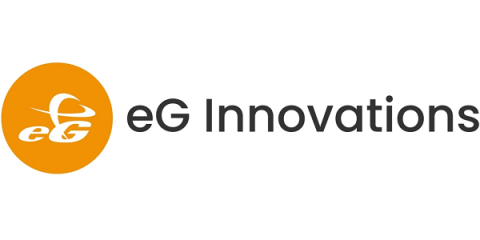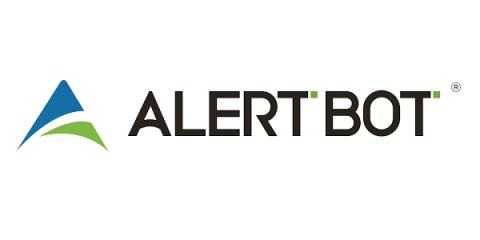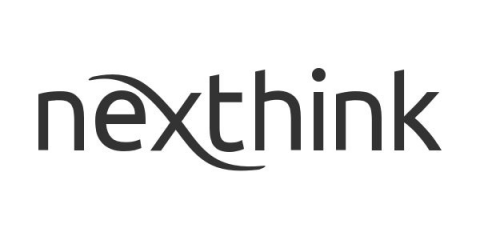Operations | Monitoring | ITSM | DevOps | Cloud
Monitoring
The latest News and Information on Monitoring for Websites, Applications, APIs, Infrastructure, and other technologies.
What is a Network Audit and How can Uptime.com Help?
Scaling sort of sneaks up on you, doesn’t it? One day, you’re carefree, the next you start to notice something is off… Maybe it’s the crashing, or the frequent dips in performance. Could it be the new hire? It’s not DNS. Is it DNS? Scaling is a natural part of the business process, and your infrastructure will start to change completely as your userbase doubles and triples.
Docker Container Monitoring with GroundWork Cloud Hub
Container technologies have captivated the computing world. Containers are the cornerstone for cloud computing and microservice architectures. Whether it be Docker™, Docker Compose™, or Kubernetes™, the IT world is embracing this technology with great enthusiasm. How can you monitor containers? They are different from traditional hosts and servers. For one thing, they are not physical machines; nor are they virtual machines.
VirtualMetric Enhanced Dashboard, New Features & Upcoming Roadmap - Eliminate toughest IT challenges
#ITConnections - Organizing Data from SCOM into Actionable Reports that Add Business Value
10 Key Performance Indicators to Consider When Monitoring Server Performance
IT applications are vital for today’s digital economy and for the business to succeed, these applications must be highly available and performing well. Application performance degradations can occur for several reasons. There may be code-level issues, database slowness, or network bandwidth constraints. IT applications run on servers and if the server is not sized correctly or is under-performing, application performance will degrade as well.
The Basics of DNS Monitoring: What It Is, How It Works, and Why It's Essential for Your Business
On Star Trek, there’s an incredibly useful device called the universal translator. As you’d expect, it allows everyone to understand each other. For example, if Captain Jean Luc Picard bumped into a race of aliens that bore a striking resemblance to Commander Riker’s beard, then they could set a date for some Earl Grey tea (hot) thanks to the universal translator. Without it, there might be grave misunderstandings and the firing of photon torpedoes.
The OpsRamp Monitor: Outage lessons, GCP advantages, IT careers
For IT professionals, an enduring outage is one of the worst things that can happen. There goes your credibility, and here comes the executive team enraged and impatient. Now of course, given the distributed, multi-sourced nature of IT infrastructure, some outages are simply not preventable. The details are still emerging from the June 9th outage on IBM Cloud. ITPro Today interviewed Forrester analyst Dave Bartoletti for some mitigation advice.
Everything you need to know about .NET 5.0
If you’re a developer of .NET supporting enterprise apps developed in the .NET framework, you should know how the .NET 5 would impact your current enterprise app. Moving forward, there will be only one .NET to target macOS, Windows, Linux, iOS, Android, and more. Along with the release, there are new .NET APIs, language features, and runtime capabilities. The look and feel of the code and project files in .NET 5 would be the same, regardless of the type of app being created.
Cracked - 5 Annoying Compliance Problems for IT & Flexible Work
Are most companies right now thinking ‘everybody back to the office’, or ‘remote work forever’? My guess is neither. There is still too much uncertainty for businesses to lean heavily towards one option or the other. Instead, flexible work makes the most practical sense right now and I imagine that won’t change for some time. Yet, with flexible work can come plenty of compliance problems that can frustrate even the most agile and experienced of IT departments.


